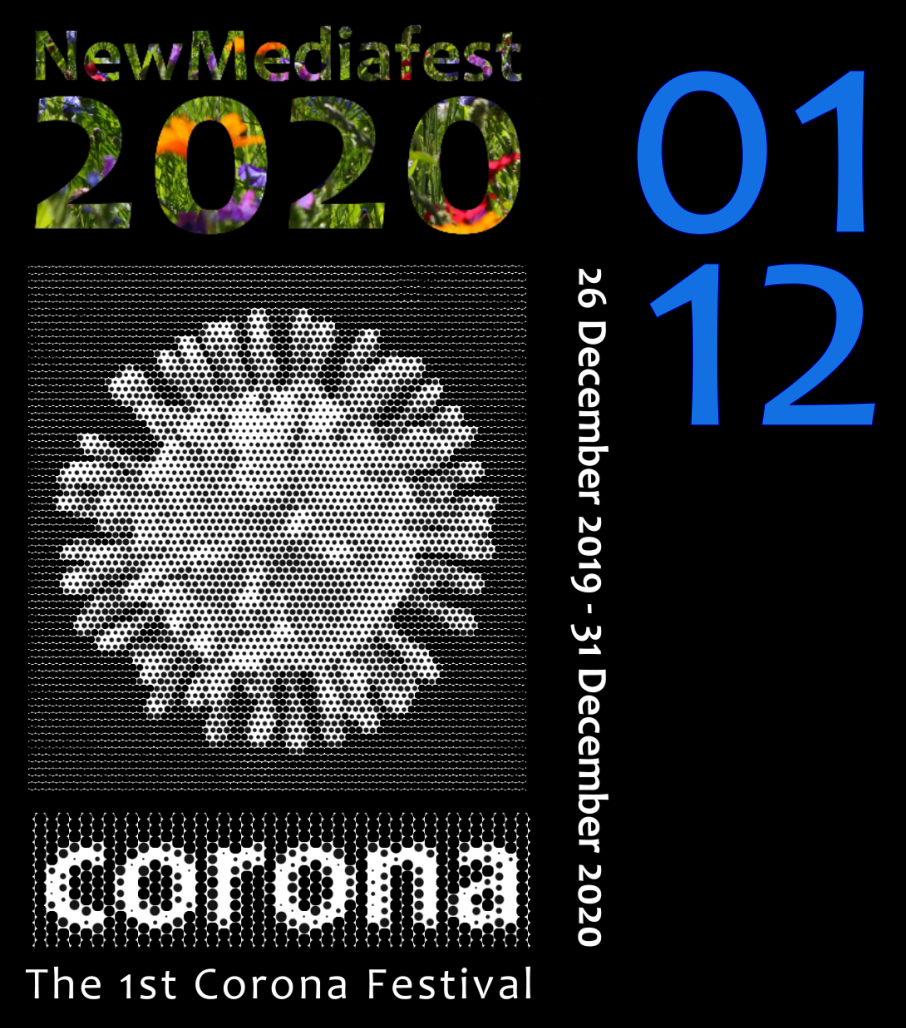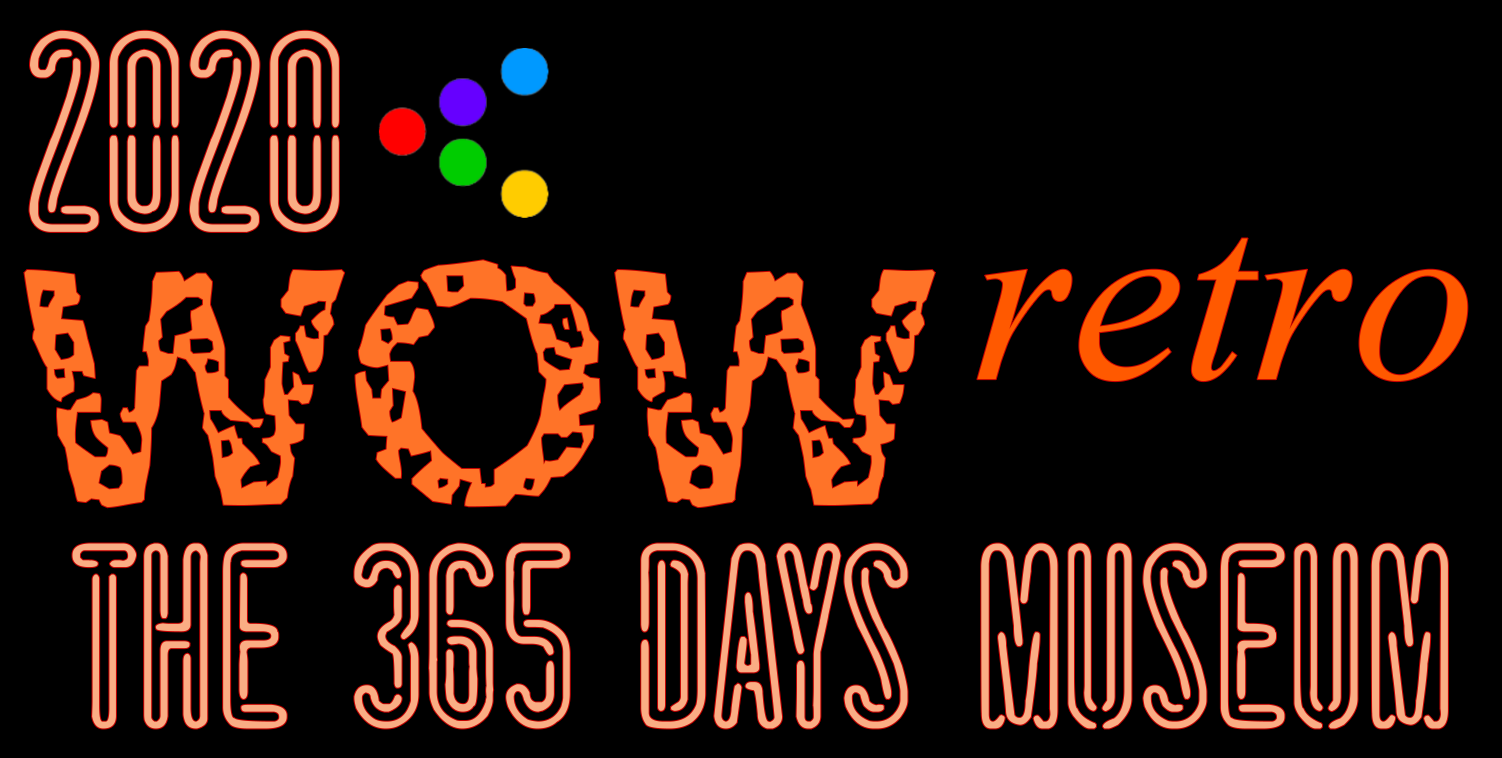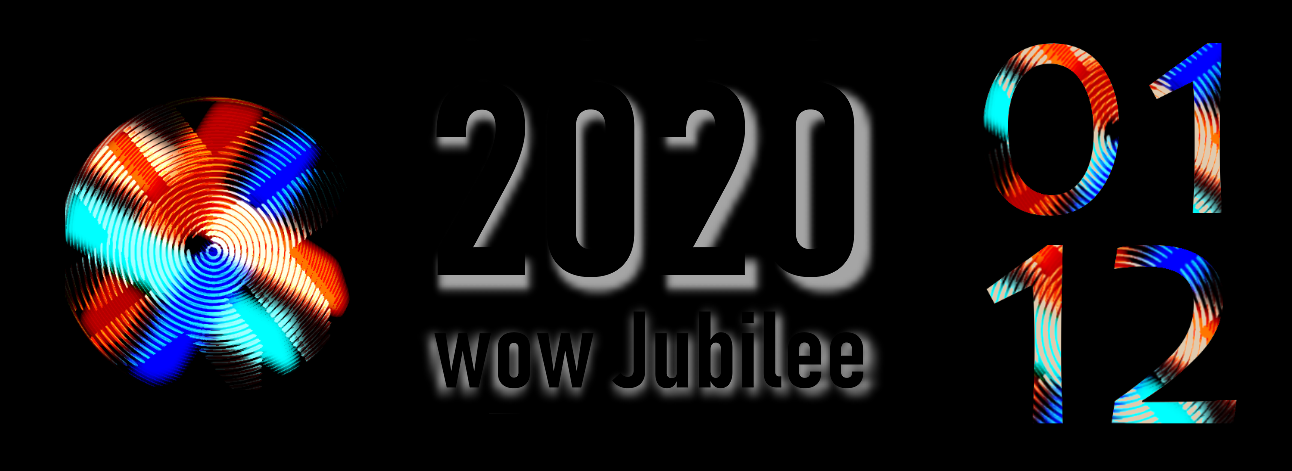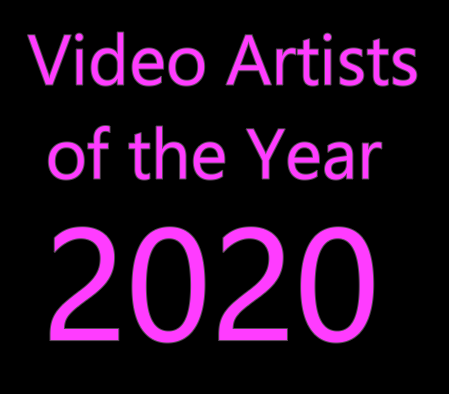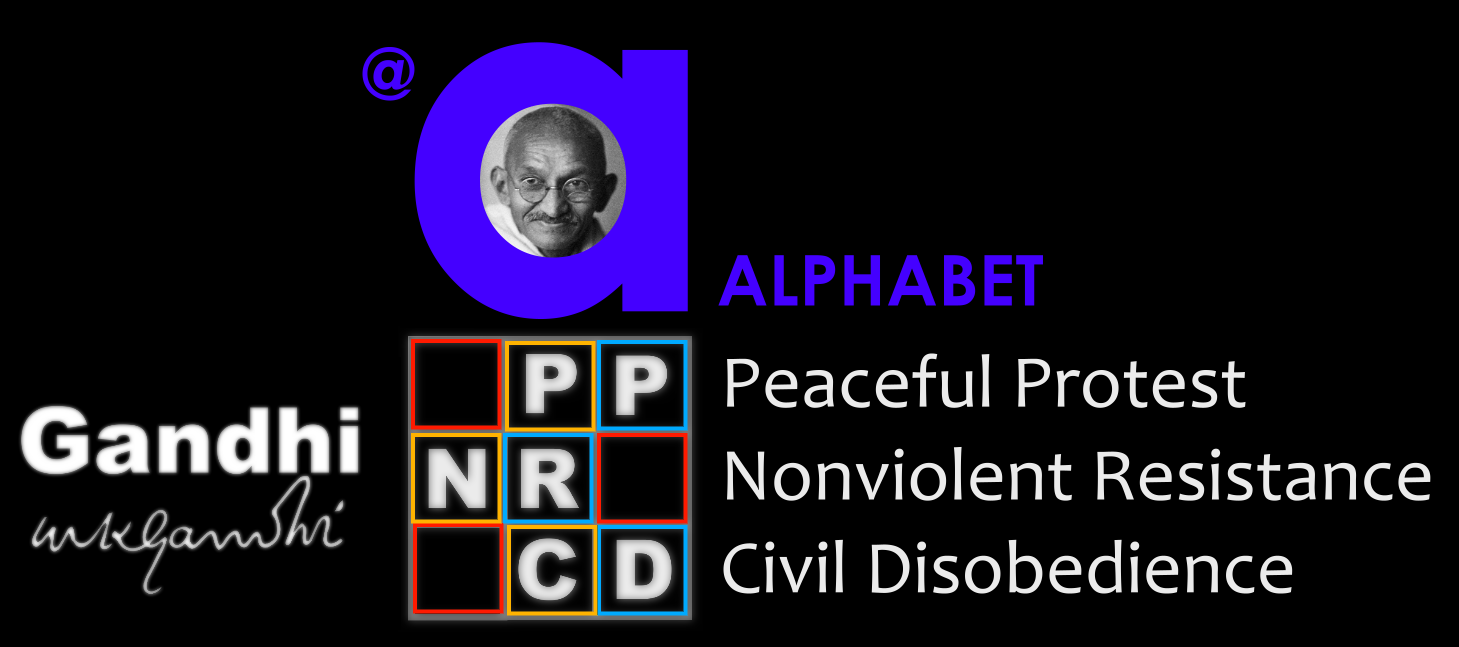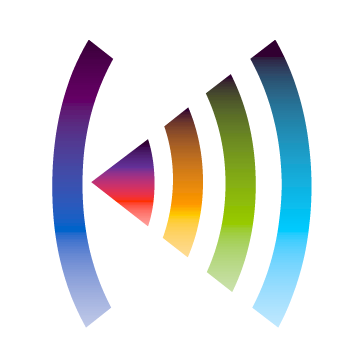Enter this contribution of soundart from Chile here or via
the main entrance
.
.
 As a part of Edition IV, the contribution from Chile curated by Rainer Krause (Santiago/Chile) is included the media art exhibition ://selfportrait – a show for Bethlehem – a show for Peace – http://self.engad.org in October 2006 in the framework of PI Performance & Intermedia Festival Szczecin/Poland 20-22 October and Festival Arte Digital Rosario/Argentina 16-18 November 2006, featuring these Chilenian soundartists—>
As a part of Edition IV, the contribution from Chile curated by Rainer Krause (Santiago/Chile) is included the media art exhibition ://selfportrait – a show for Bethlehem – a show for Peace – http://self.engad.org in October 2006 in the framework of PI Performance & Intermedia Festival Szczecin/Poland 20-22 October and Festival Arte Digital Rosario/Argentina 16-18 November 2006, featuring these Chilenian soundartists—>
Curator:
Rainer Krause
Rainer Krause (Germany 1957) sound and plastic artist, lives and works in Chile since 1987.
curator’s biography
Curatorial statement
Chile has a brief history of sound art, but no tradition. Experimentations made since the 70s have not achieved independence from other artistic manifestations, rather they have been used in cunjunction with or diluted with the other arts exhibitions, concerts of temporary music or informal poetry nights. The difficulty of consolidating a sustained practice can be partly explained by Chile’s geographic situation (isolated by the Andes and the Atacama dessert), economic issues (little access to travel, bad communication) and politicas (a long period of military dictatorship with censorship and international isolation) and last but not least a self refertial culture. These factors have meant that there has been limited information about development in other countries.
Although the University of Chile installed one of the first electronical studies of music investigation in Latin-American, the few plays and sound experiments that were produced in there, did not achieve continuity or a significant place in the culture local production. An extremely conservative public, never showed an interest for a kind of art that broke with traditional composition and was not profitable in the small art market.
With the return to democracy in Chile in the early 90s, there was an appearance of new cultural spaces and some increase in the funds available for cultural creation. Young artists started to investigate sound as a poetic, plastic and non musical material. A little later, the University of Chile incorporated the sound art as an element in visual arts for the first time.
At the end of the 90s with the increase in sales of cheaper imported electronical equipment in Chile, the general acquisition of digital recording, saving and sound edition devices became possible. However, this was a late phenomenon if we compare the situation with other Southamerican countries, were this development empowered the growing production of digital music, in line with the international material which circulates on the Internet. The hardware and the software that Chile presently has is the same as that which is used in countries all over the world.
The most interesting local proposals are ones that are not based on digital creation exclusively but which draw references upon different elements of the international sound art movements, like the improvisation of free jazz, Fluxus procedures, sound performance, soundscape, radiophonic work (despite the fact that in Chile there are too few radio stations that play them for commercial purpose) incorporating Chilean and Latinamerican elements, areas where the author has a role because of his individuality, cultural condition, with the voice, the text or how he relates with the local and cultural background.
In 2005 there was exhibition and a cycle of performances exclusively about sound art for the first time ever. On the entrance of the concert room of the University of Chile theatre the sound installation collective exhibition “Radio Ruido” was presented confronting the regular philharmonic concert audience with disconcerting sound proposals. On other hand, the National Museum of Fine Arts presented the exhibition and performance cycle “Reverberancias”, that tried to incorporate different sound expressions that were produced in Chile, including sound poetry and digital music.
The works presented in this selection of SoundLAB has been produced during the last year. Some of these creations have been shown previously in events and exhibitions and the rest were created specially for SoundLab.
.
Artists:
1.
Luis Barrie
Title: The Song of Flora (El Canto de Flora)
The Song of Flora (El Canto de Flora): This audio sequence was recorded in Huapi, an indigenous settlement in southern Chile, which is located on the southwest shore of Budi lake, about four kilometers from the Pacific coast. Through an audio representation showing a daily moment on the lakeshore, a male dominant relationship is questioned. During my fieldwork I could see male dominant relationships as adopted by new generation, while among traditional couples an equal social participation between genders is kept. In the recreation of a distended evening, a woman sings to her child while the firewood for the kitchen is being prepared. The chant acts as entertainment and tells a story about the fox and the hare.
artist biography
2.
Claudio Fernandez Sini
Title: Anuncio participativo
The sound experiences exposed by “Ruidos Locos” range from: “rescuing” old cassette editions, sound documentaries, ambient sound capture (field recordings), programs based on a particular ideas or happenings and simple musical entertainment. The radio shows are post-produced with an audiovisual software.
Anuncio participativo is an extract of a program in which I am trying to present some cultural acts that are happening in the city.
artist biography
Interview for SIP – SoundLAB Interview project
.
3.
Claudio Fernandez Sini
Title:
5 min sismo
5 min sismo: Extract of program “Sismo Sesenta” (earthquake sixty), memory of the earthquake and tsunami of 60`s.
artist biography
Interview for SIP – SoundLAB Interview project
.
4.
Foro de Escritores (FDE)
Title:
Soundtable
Soundtable: The voices and sounds of Sountable were performed by the artists involved and were recorded using a digital mic in one session on Friday 16, June 2006. Afterwards, the recording was remixed using a laptop. The sounds include a wide range of experiments with the human voice performed live, as well as the playing of domestic utensils like forks, glasses and pieces of scrap paper, among other oddities.
artist biography
.
5.
Ensamble Majamama
Title: Sala Master 25-9-2005 (extracto)
artist biography
Interview for SIP – SoundLAB Interview project
.
6.
Ensamble Majamama
Title
22-IV-2006 – impro 1 (extracto)
artist biography
.
7.
Radio Ruido
Title
060601_3 (extracto)
The two pieces taped are fragments from two long sessions of sound experimenting, where the members of Radio Ruido act under a few previous arrangements, such as which objects will be used, to avoid certain regular processes etc. Contrary to the musical improvisation sessions, the participants had no musical knowledge.
The importance of this performance is not founded on achieved autonomous musical sound structures, but on an evocation of images and objectual relations through an investigation of the sound behavior, the interaction intensity (sonorous and visual) and the tone richness as association source.
artist biography
.
8.
Radio Ruido
Title
060608_2 (extracto)
artist biography
.
9.
Mario Soro
Title :
“Imagenes cinéticas de los tipos somáticos constitucionales:
Una intervención fonoperformática en una clase de taller de figura humana”
In the piece “Imagenes cinéticas de los tipos somáticos constitucionales:
Una intervención fonoperformática en una clase de taller de figura humana”/ ”kinetic images of constitutional schematics: an performaticphone intervention on a human figure workshop class” Soro projects futurist and Dada visual poetry fragments over a model body, that faced the students of analytic drawing. Out loud he recites visible fragments (as they change with the movement of the model), using a long card board cone as amplifier, moving between the students, manipulating at the same time the tuner of a radio and other implements placed in the room. The decontructivist cross of fragmentized images, special sounds taken of many sources, and performing action expect to build a universe with parallel or unequal meanings, that can be read as see-through layers. The typical drawing teaching experiance can be a little disturbed or to question, provoking “different levels of tension inside the educational facility that is facing a conflict”.
.artist biography
10.
Andrés Torres
Title:
Variation of “Alarmante”
The Variation of “Alarmante” is an interpretation of the music score of “alarmante” whish was made from a transcription of the sound loop that came from a typical car alarm that is registered under copyright. The interpretation, will be played with three electric guitars, electric bass and a drum whish are placed in the central hall of the Nacional Museum of Fine Arts, Santiago on Sunday, November the 20th, National Music Day.
Variation of Alarmante, is a piece that pretends to question the transformability of codes that belong to a musical language and give them a different symbolic meaning, that is, insert them in the universe of visual arts.
For Andrés Torres to choose the sound platform …“is because eye and ear can generates a conceptual equation that is easy to interpret and also you can add the charge that the codes of the work had, for example, the urban sounds or popular music. In the case of sound work, it calls my attention the atmospheric capacities of the sounds acting without images and the possibilities of ambiguity that take place, distributing the signs meanings in an odd and radical way that is different to the academic ways of art, although does not have a lack of efficiency on the communication aspects.”
.artist biography
11.
Pintor Z
Title :
(esto no esta pasando)/( this is not happening)
The work that can be heard (esto no esta pasando)/( this is not happening) its now a mix of two types of voices, one comes from a microphone and is the voice of the author (processed) and the second one is the recording of a porn actress taken from a VHS. This two elements are the base of a dialogue whish is placed on a pictorial blur and over a scratchy section which is reproduced repeatedly.
artist biography

SoundLAB IV






